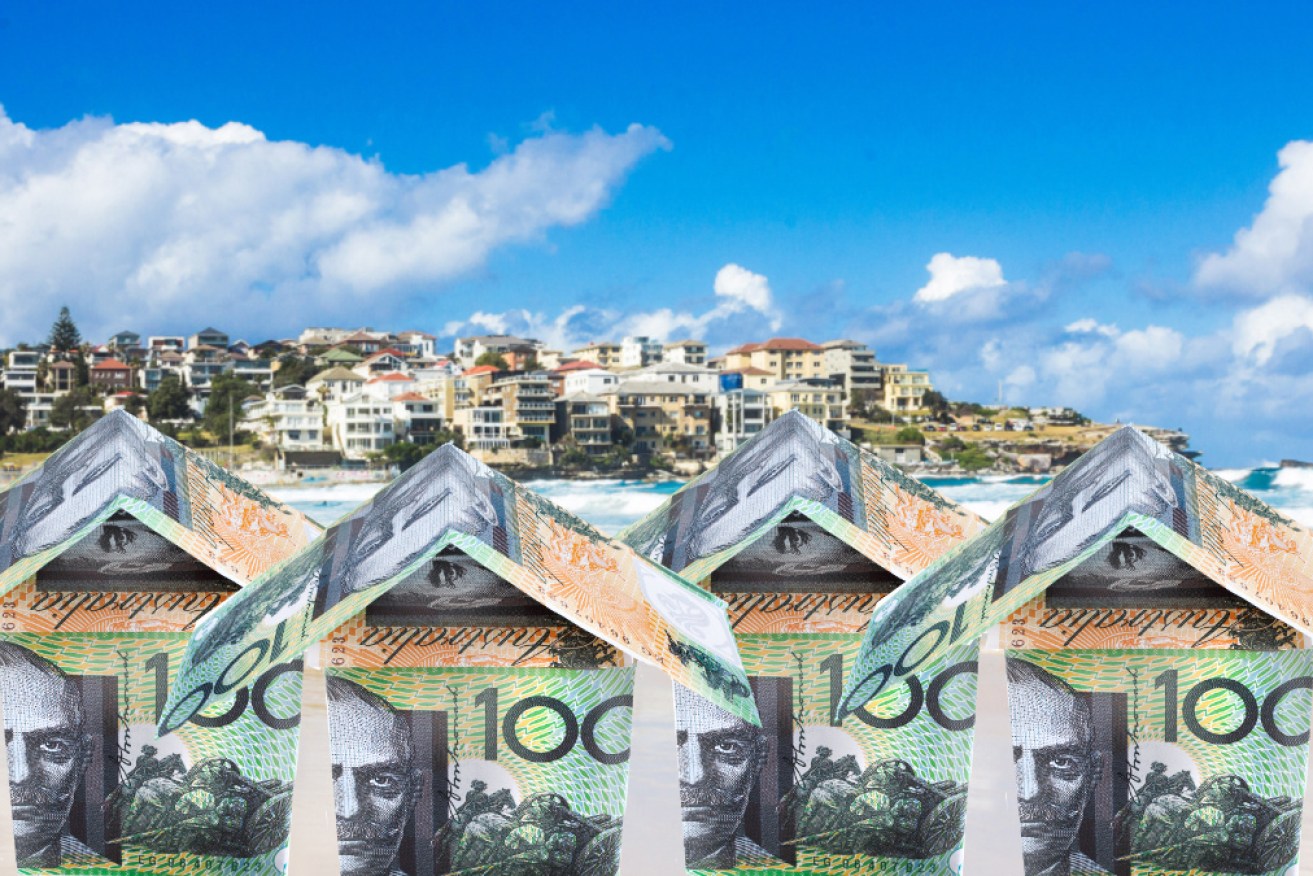Property owners rake in $18.7 billion in profits as prices continue to soar


Almost nine in ten properties were sold for a profit in the September 2019 quarter. Photo: Getty
Almost nine in 10 properties (87.4 per cent) sold for a profit in the third quarter of last year, as the market took its first steps towards recovery.
Vendors who sold their properties for more than they paid raked in a collective $18.7 billion in gross profit between July 1 and September 30, according to CoreLogic’s quarterly Pain and Gain Report.
The 12.6 per cent of vendors who weren’t so lucky made a collective loss of $764.8 million.
That marked a slight improvement on the prior quarter, which recorded the highest proportion of loss-making sales since June 1999 (12.9%).
But the figures were well down on their 2017 peaks, when 92 per cent of all resales were turning a gross profit. That will come as little surprise to those who follow the ups and downs of the housing market.
National prices fell 8.4 per cent over the 21 months leading up to July 2019, and only started to rise again in August, midway through the quarter. The results varied dramatically across property types and locations.

Source: CoreLogic
CoreLogic head of residential research Eliza Owen told The New Daily houses had a much better track record than units, for instance, especially in areas with high levels of supply.
“The sales that are less likely to make a profit are properties that aren’t held for very long and are investor-owned. And a lot of unit stock generally sells for less of a profit than the house segment,” Ms Owen said.
“That’s something that’s historically held true, but in the last few quarters, it’s been exacerbated by high levels of unit supply in certain areas, which has contributed to lower rents, as well. So some investors might not see properties as viable.”
Investors are also more likely to offload properties during downturns as they can offset capital losses against future gains, Ms Owen said. And they’re also less emotionally attached to the properties.
Elsewhere, regional markets outperformed their capital city counterparts, as the recent downturn cut capital city prices much further.
Regional areas saw 88 per cent of sales make a gross profit, compared to 87.1 per cent in capital cities.
But the figures varied dramatically from state to state.

Source: CoreLogic
Hobart topped the list of profit-making sales, with 98.1 per cent of transactions lining their owners’ pockets.
Ms Owen said a combination of high demand, restricted supply and increased tourism had ushered in a period of strong capital growth in the Tasmanian capital, where only 16 out of more than 800 sales across the quarter made a loss.
Both regional Victoria (96.6 per cent gains) and regional Tasmania (96.4 per cent gains) were in good shape.
At the other end of the spectrum, the end of the mining boom continued to wreak havoc for property owners in the Northern Territory and Western Australia.
Vendors in Darwin were bottom of the pile. There, only 51.7 per cent of properties sold for a gross profit in the September quarter, and the median loss was $105,000.
Darwin’s financial woes were shared by owners in regional WA and Perth, where the proportion of profit-making sales was 56.9 per cent and 63.6 per cent respectively.
Top performers in Melbourne and Sydney
After Hobart, Sydney and Melbourne were the best performing capital city markets.
The Macedon Ranges, between Melbourne and Bendigo, made top of the class with a perfect score of 100 per cent and a median profit of $380,000.
Sydney’s harbourside suburb of Mosman wasn’t far behind. There, 98.6 per cent of property sales made money for owners, who notched up a median profit of $436,800.
Across Australia’s two largest cities, the Melbourne Council area was the worst performer. Roughly one in three properties (32.9 per cent) sold for a loss in the September quarter, with the median loss coming in at $50,000.
The other areas that performed particularly poorly were Stonnington (20.9 per cent losses), Port Philip (15.5%), Parramatta (18.5%) and Canterbury-Bankstown (18.3%).
A look ahead
Those figures should be much improved in the next edition of CoreLogic’s report. Interest rate cuts and looser bank lending saw national prices post their biggest quarterly gains in more than a decade at the end of the year – meaning most vendors will have found it easier to turn a profit in the December quarter.
That’s not to say the current pace of capital gains will continue. In fact, Ms Owen said it’s likely to moderate throughout 2020.
Not only because fewer people will have the money to buy a home, but also because supply will rise to meet demand, as more vendors will want to sell their homes after months of price increases.








